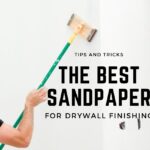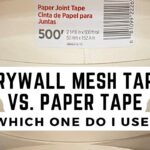Maybe you are running to Home Depot to grab two sticks of drywall corner bead for the weekend project. Or you might be ordering 15,000 lineal feet for the next hospital project you have coming up.
Big project or small, it’s essential to understand your drywall corner bead options.
For a large commercial project, making a few key decisions early on could potentially save your crews hundreds of hours of labor installing corner bead.
And a small project can be made even easier with the right choice in drywall corner bead. In only a few minutes, you too can become a corner bead master.
Types of Drywall Corner Bead
There are three main types of drywall corner bead to know. And each one suits particular projects better than the other.
- Vinyl Corner Bead
- Metal Corner Bead
- Paper Faced Corner Bead
Let’s get the basics of each type of corner bead, then look at what projects might work best for each type.
Vinyl Corner Bead
Vinyl corner bead can be the best option for many projects. Sometimes called plastic corner bead, vinyl makes a great cost-effective choice for many project types. With only a few drywall tools, vinyl bead can be installed with ease.
There are two important benefits that make vinyl bead a superior choice.
- Adaptability & Flexibility – There are nearly 50 different vinyl corner bead shapes and profiles on the market. This will give you many options for your interior finish over the standard 90-degree corner metal bead. Another key point to remember, vinyl corner bead offers greater movement and flexibility to prevent cracks from house and building movement.
- Durability – Vinyl beads withstand dents and impact much better than metal corner beads. Vinyl provides corrosion protection because its rust-proof to withstand the moisture from basements, kitchens, and bathrooms.
Vinyl Corner Bead Flanges
Wide flange corner bead is perfect for irregular corners and deep fills. Standard 2 1/2” vinyl drywall corner beads also offers a perforated flange to enhance joint compound adhesion.
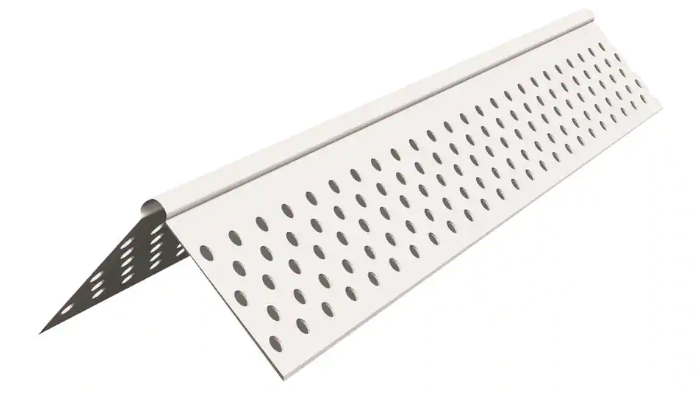
Drywall Metal Corner Bead
Metal corner bead is most common in residential applications, and goes back several decades as the standard bead. Sometimes referred to as aluminum corner bead, metal is old-school, and can be great for certain applications.
The galvanized steel, aluminum, or metal beads nail, staple, or screw in place with fasteners. Then, joint compound mud is applied around the metal flange to create a smooth finished corner.
The biggest manufacturer of metal corner bead is ClarkDietrich, which also manufactures and distributes steel studs and dozens of other metal building products.
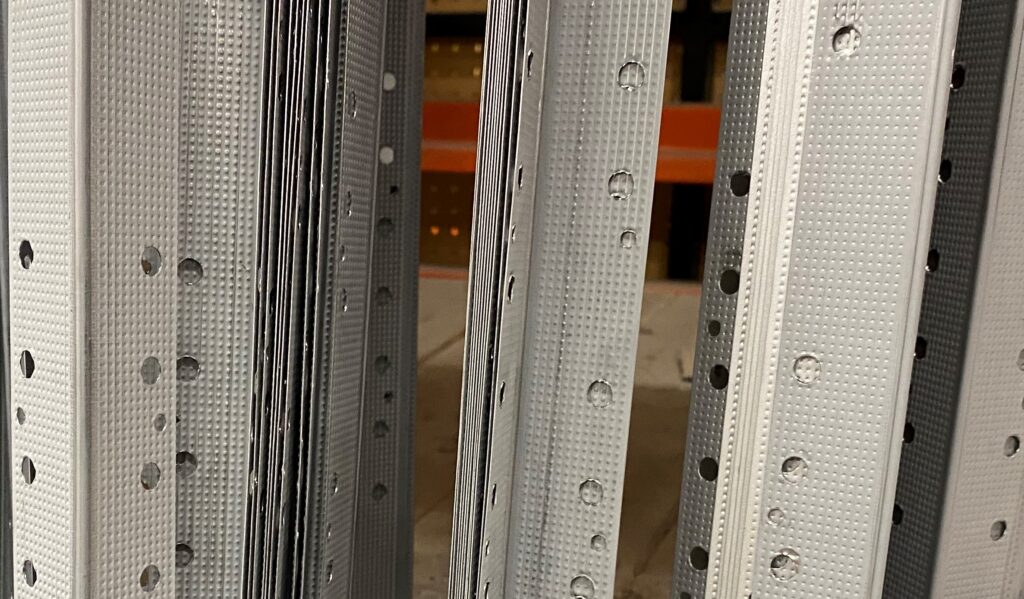
Installing Drywall Paper Faced Corner Bead
Paper-faced corner bead is a great alternative to metal corner bead. It costs slightly more than metal bead, but many tapers will argue it’s more than worth the few extra pennies.
- Paper-faced corner bead can be easily cut with tin snips. Hold the bottom about 1/2” off the floor, where the baseboard will cover the gap.
- Apply mud directly to the sheetrock corner, and smooth it off with a sharp edge or putty knife.
- Lightly spray the paper corner bead with water to create a better adhesion to the corner mud.
- Press the paper corner bead onto the joint compound. Embed the sides into the mud by running your fingers evenly up and down the corner.
- Embed the paper tape on each side with drywall mud. Press firmly to ensure mud is filled evenly.
- With a straight edge or taping knife, check for a small void on each side of the bead where another coat of mud can be applied. Be sure the bead is level and flat to the wall surface.
- Apply two more coats of mud and sand with 150-grit drywall sandpaper.

Commonly Asked Questions on Drywall Corner Bead Install
Which is better, paper or metal corner bead?
Paper faced corner bead resists chips and cracks better than metal bead.
After several decades of metal corner bead being the primary product, most projects are now done with paper-faced corner bead.
Do you paper tape corner bead?
Paper tape is not necessary on metal or vinyl corner bead. Joint compound applied directly to the bead will finish your corner after a gentle sanding.
Do you install mud under corner bead?
A layer of joint compound mud adhesion is used under paper-faced corner bead to stick the bead to the drywall.
With metal corner bead, drywall nails, screws, or staples are used to fasten the corner trim in place.
A minimum of two coats of joint compound is added over the corner bead, and sometimes a third coat is needed.
Do you tape before corner bead?
Most professional tapers apply corner bead first. To be most efficient, corner bead installed first will allow the first coat to be applied on the bead as well as screw holes and butt joints.
If you applied the first coat before the corner bead, you would need to wait until the first coat dries before you could install the bead.
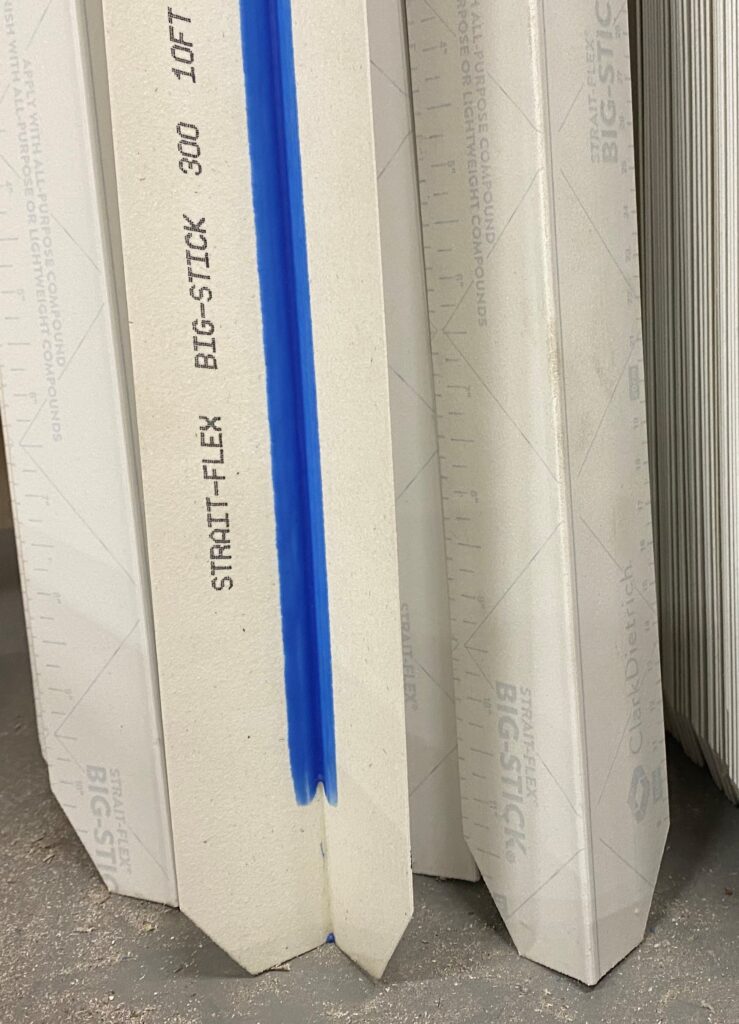
Do you tape over vinyl corner bead?
After attaching vinyl corner bead to the sheetrock either with fasteners or spray adhesive, apply ready-mixed joint compound with a taping knife.
You will need at least two coats of mud, and possibly three for a perfectly smooth corner.
Do I have to use corner bead?
Outside corners should be covered with corner bead.
Sheetrock on wall corners and ceiling soffits need protection and the corner bead will keep also create a straight corner for the best-looking room finish.
In what order should I tape drywall?
All screw holes and beveled joints should be taped first with all-purpose joint compound.
Next, apply drywall joint compound to the inside and outside corners. Lastly, apply taping mud to the butt joints.
Corner Bead Profiles & Types of Drywall Corners


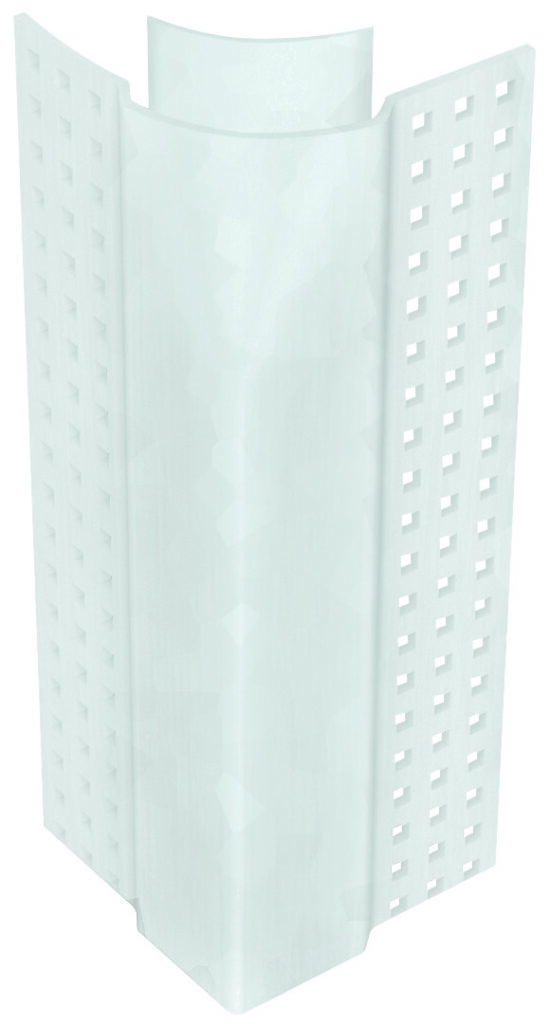
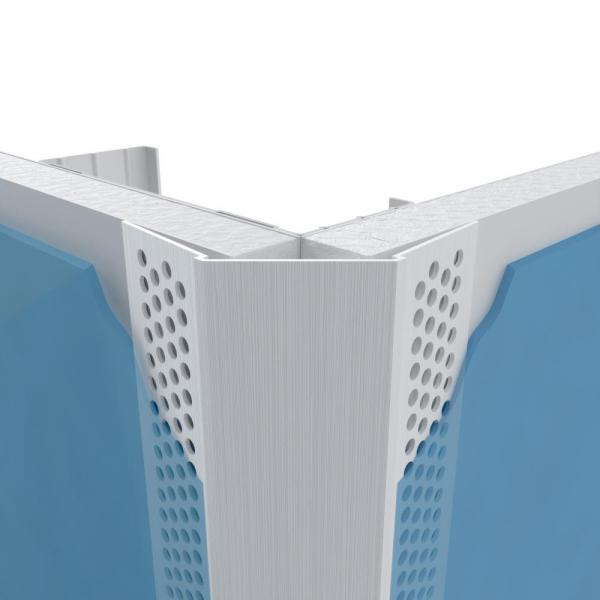

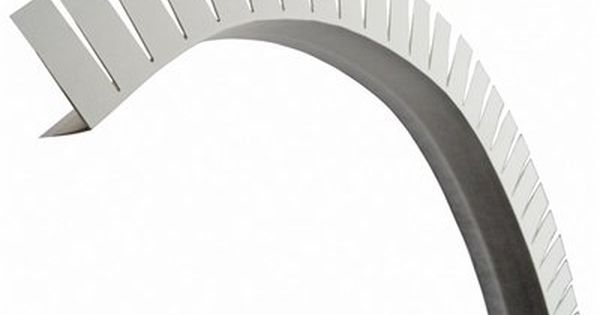
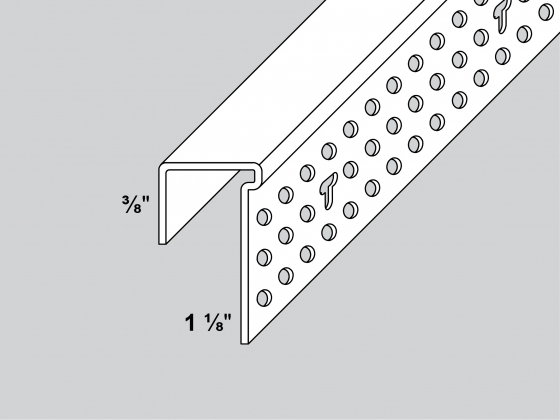
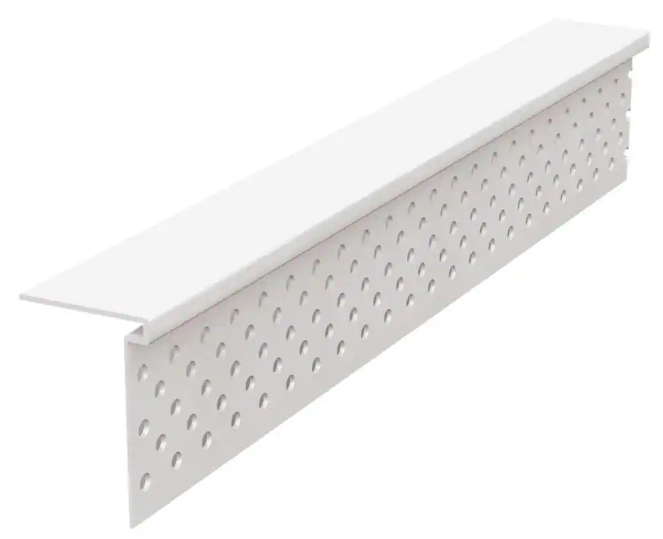

Drywall Corner Bead Spray Adhesive
A product that might increase production and shorten corner bead install time is the 3M Drywall Corner Bead Spray Adhesive.
Spray the adhesive directly on the sheetrock corner, allow to dry for at least one minute, then apply paper or vinyl corner bead to the adhesive.
After 30 minutes, the corner bead is ready for the first coat of joint compound.
The 3M adhesive comes in 16.6 Oz. cans and has a pink tint so you can see exactly where the spray was applied.
The Future of Drywall Corner Bead
The future of drywall corner bead installation is bright.
A few new systems have been introduced over the last few years to make installing drywall corner bead more efficient and save you money on drywall taping labor costs.
The CertainTeed NO-COAT Pro drywall corner bead machine produces ready-to-install corners, which can be cut to any length and have joint compound applied to the backside as it rolls out of the machine.
It’s one of the best-automated systems for installing drywall corner bead because it’s simple to use, lightweight for easy portability, and easy to clean after use.
CertainTeed NO-COAT PRO
Grabber PanelMax
The Grabber PanelMax is one of the most advanced pieces of technology in the drywall business today.
It’s advanced prefabrication technology where sheetrock can be pre-assembled and delivered to the job site ready to install at pre-determined dimensions.
With the PanelMax, drywall can be scored from the backside and bent to create perfect corners for soffits and columns without corner bead or drywall taping.
The corners are created by the actual drywall piece, not a corner bead that needs to be applied by costly field labor.
Making Drywall Corners Simple
What makes up the corner is the paper that remains on the drywall’s face, with the gypsum being removed by the PanelMax, creating the bend in the drywall.
What makes the Grabber PanelMax an amazing piece of technology is the pre-programmed options that create laser-accurate straight lines and cuts in drywall.
The time it takes to install drywall in the conventional method by cutting each piece, applying corner bead, finishing compound, and sanding the corner smooth is many times greater than a few cuts with the PanelMax.
A Major Investment
The only thing stopping this machine from becoming an everyday fixture in every drywall shop in the country is the price. It’s not for the faint of heart.
You’ll need to cut and install hundreds of pieces on the PanelMax to save drywall finishing time and get a return on your investment. But it is a bad (in a good way) machine to see in action.
I would not be surprised to see major manufacturers like ClarkDietrich, USG, or National get into the market with PanelMax-type products for increased efficiency.


